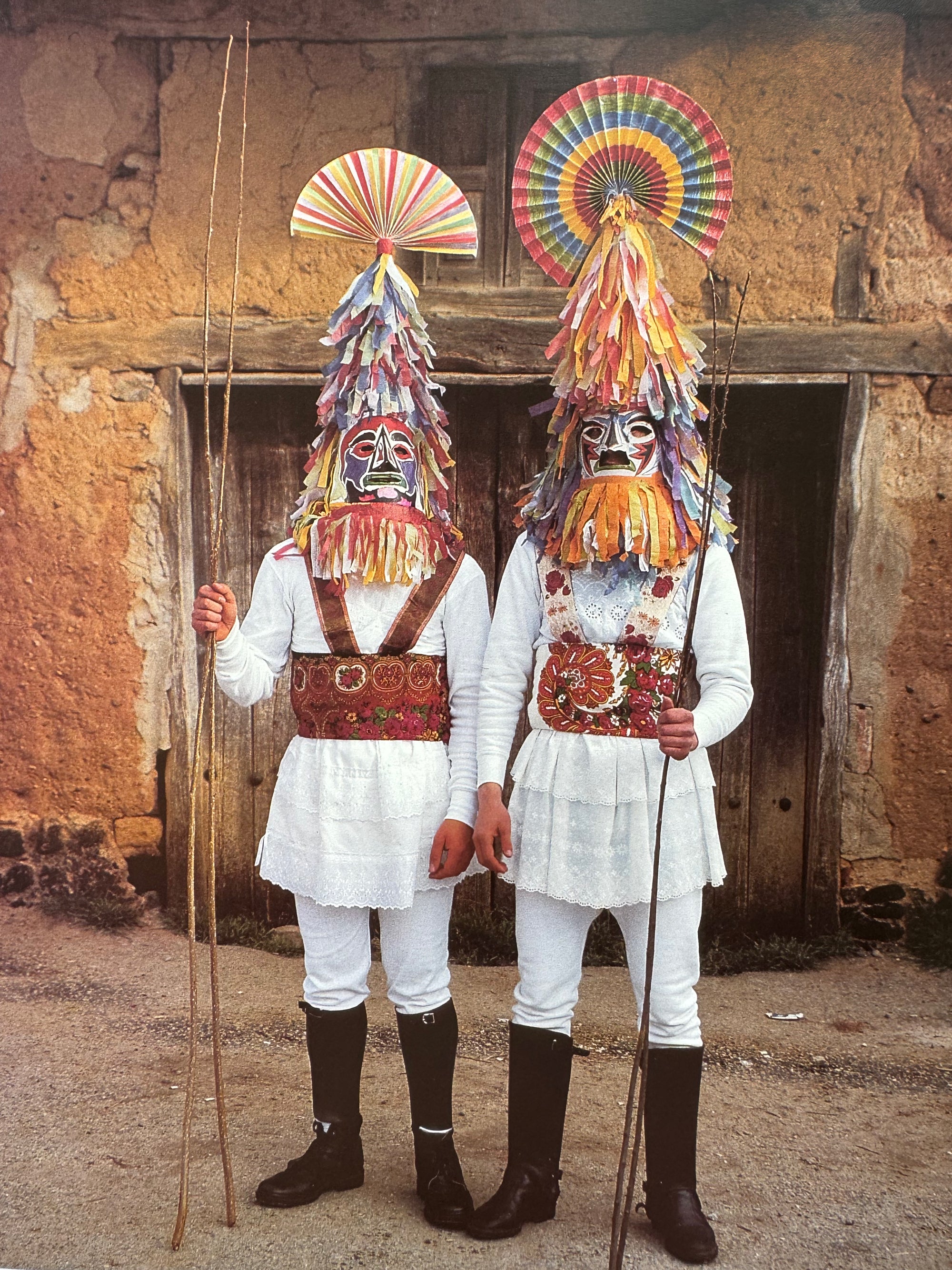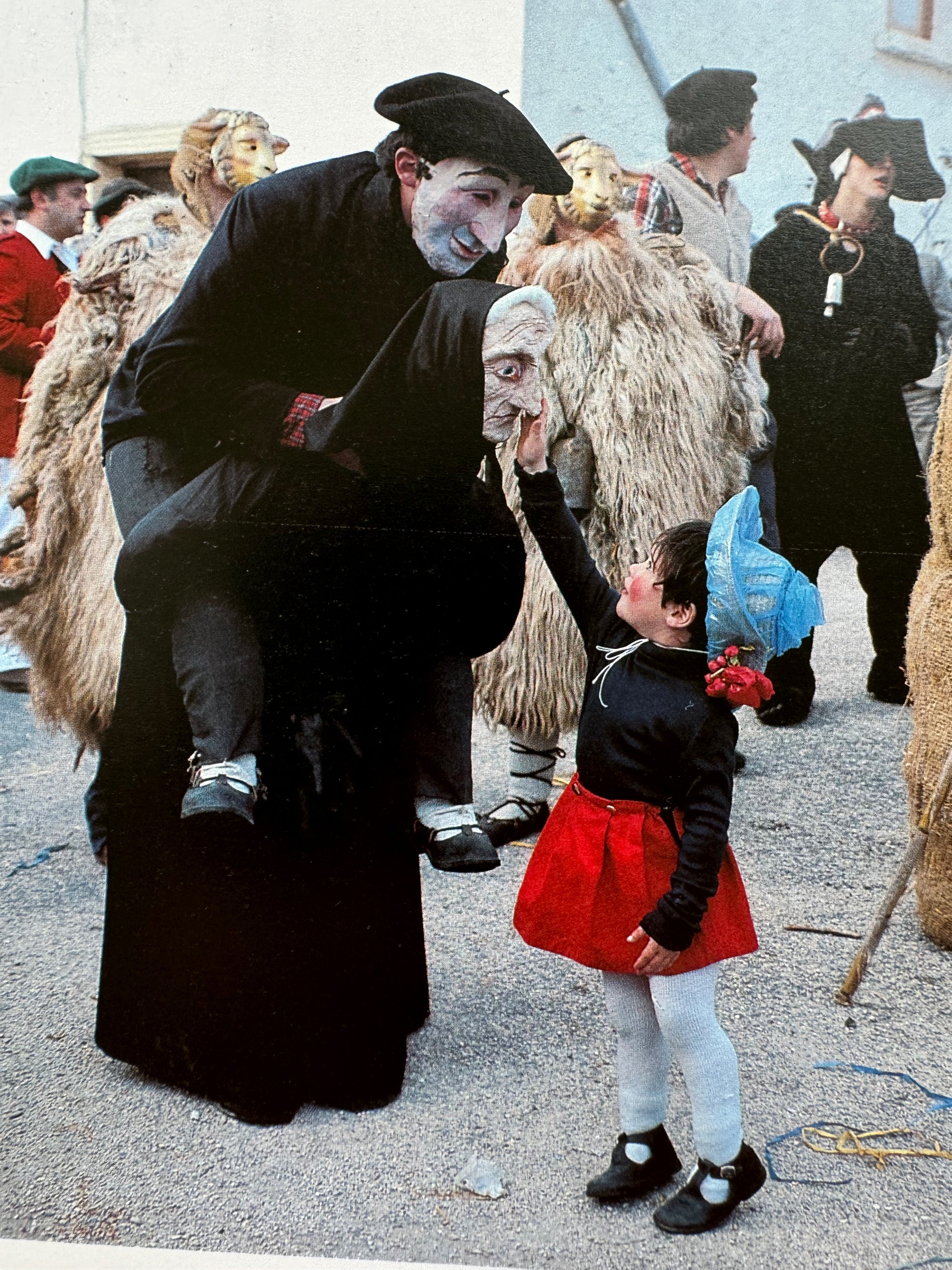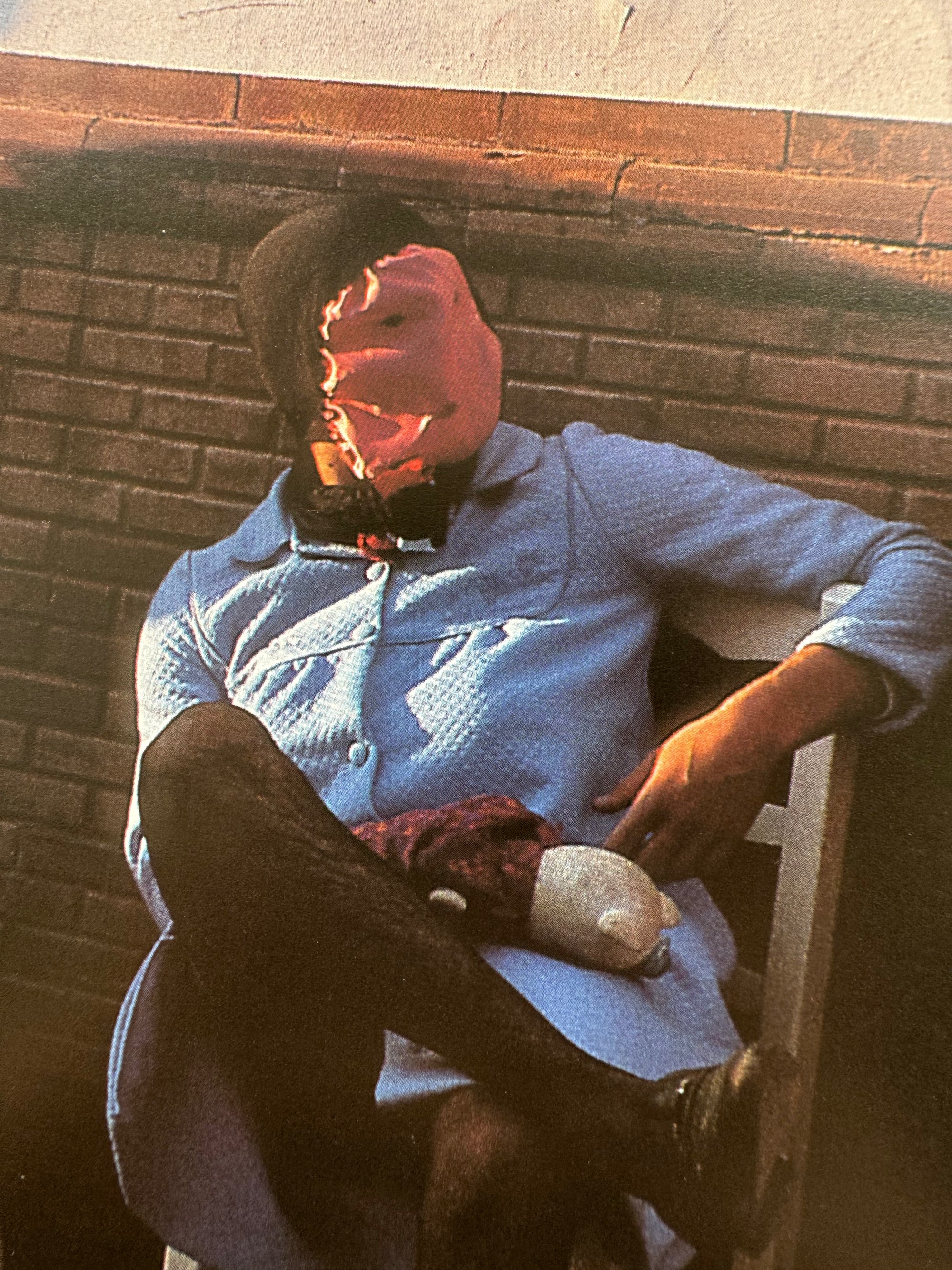REFERENCIAS: EXPLORING THE MASK IN THE WORK OF CRISTINA GARCIA RODERO

CRISTINA GARCÍA RODERO — FUNDACIÓN MAPFRE
Since 1973, Cristina García Rodero has devoted her life to her creative drive. Originally from la España vaciada—born in Puertollano, Castilla La Mancha—Cristina made history as the first Spanish photographer to be a part of Magnum, and, along the camino, she created her own personal geography of tiny, often previously unknown villages across Spain that celebrate unique festivals and rituals.

LA TABÚA — ZARZA DE MONTÁNCHEZ (CÁCERES)
Her photography captures the moments when we step away from our everyday rhythm to honor local traditions and connect with others, merging the spiritual with the carnal in the fiesta.








William A. Christian, Jr. — Festivals & Rituals of Spain by Cristina García Rodero (Foreword)

FIESTA DEL MARKITOS — ZALDUENDO (ALAVA)
In the 1970s, she used her teacher’s salary to buy a car with a trunk large enough to hold a mattress and sleeping bag—essentials for her journeys to remote villages like Alcehúche, Almonte, Berga, Camuñas, Andújar, Fariza de Sagayo, Velilla de la Reina, Viana do Bolo, Castrillo de Murcia, Puebla de Guzmán, Piornal, and Bercianos de Aliste, where traditional lodgings were non-existent. Year after year, she returns to these villages to photograph processions, altars, mythical creatures, dancers, religious ceremonies and intimate moments of community interaction in streets decorated with flowers. Respect and relentless pursuit characterize her work: uncovering the life behind the mask.

CARNAVAL: CIGARRONES — LAZA (ORENSE)


CARNAVAL — FUENTES DE ANDALUCÍA (SEVILLA)
Her archive also serves as a vital repository that preserves the culture and art of the Spanish towns and villages usually left at the margins.

LA SANTANTONÁ DEL FORCALL — CASTELLÓN

CARNAVAL : ITUREN Y ZUBIETA — NAVARRA

CLOWN — MONTAMARTA (ZAMORA)

SEMANA SANTA — MORATALLA (MURCIA)

CARNAVAL — ALMIRUETE (GUADALAJARA)
García Rodero and her gaze are pivotal as we explore the hidden layers of our tradition that history has often overlooked. Her photographic work is invaluable, not only for the evocative power of the images but also for her ability to select and frame elements of reality that create dreamlike characters and scenes. Her archive also serves as a vital repository that preserves the culture and art of the Spanish towns and villages usually left at the margins, which are now blending into the monochrome rainbow of globalization due to rural depopulation and the aging of their population.

LOS CENCERRONES — ABEJERA DE TÁBARRA (ZAMORA)
Although Cristina should be regarded as an artist and not as a chronicler, her work is sometimes more vital than that of a historian, because the traditions of Hidden Spain do not have a conventional history. There are no disruptions between their past and present, but continuities that get lost in the memory of the elders, and promises upheld for centuries. Jarramplas, Colacho, and the Botarga persist through time in different individuals.

CARNAVAL: CIGARRONES — LAZA (ORENSE)
The men and women who wear the masks are temporal and belong to history. The masks, as myths, stand outside of it.